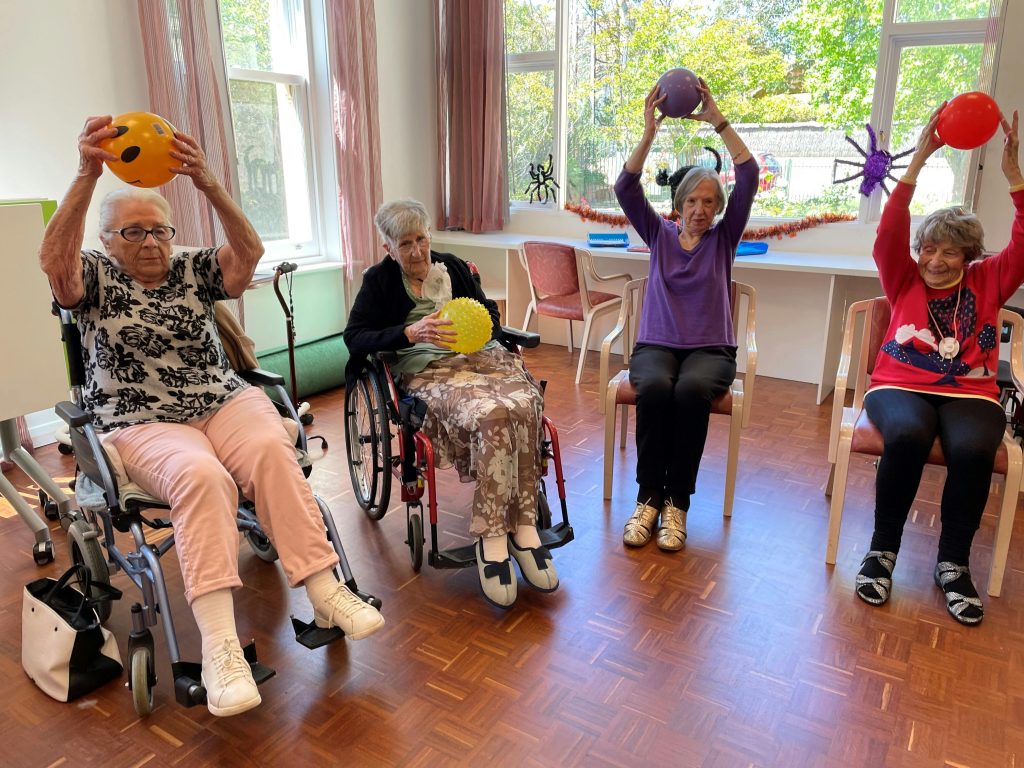Introduction
In the increasingly competitive landscape of assisted living facilities, measuring the return on investment (ROI) of your marketing efforts is crucial. Understanding the ROI helps you determine which strategies yield the best results, so you can optimize campaigns and increase resident inquiries. This guide dives deep into the critical components involved in calculating and improving the ROI for assisted living marketing.
What is ROI in Assisted Living Marketing?
ROI (Return on Investment) in marketing refers to the financial return generated from a marketing campaign relative to its cost. For assisted living facilities, the ROI metric can be translated into resident acquisition, increased occupancy rates, or enhanced brand visibility.
ROI Formula:

MECE Framework for ROI Calculation
The MECE (Mutually Exclusive, Collectively Exhaustive) approach ensures comprehensive coverage without overlaps. We will break down the key aspects of calculating ROI into clear categories:
- Setting Clear Objectives
- Identifying Marketing Channels
- Tracking Key Metrics
- Calculating and Analyzing ROI
1. Setting Clear Objectives
Start by defining the specific goals your marketing efforts aim to achieve. Establishing clear objectives ensures you focus on relevant metrics and optimize your strategies effectively.
- Increase Resident Inquiries: Aim to boost the number of qualified leads from marketing campaigns.
- Enhance Brand Awareness: Expand your facility’s visibility within target demographics.
- Optimize Occupancy Rates: Attract new residents to maintain or increase facility occupancy.
Example SMART Goals
- Specific: Increase monthly resident inquiries by 20%.
- Measurable: Track inquiries through form fills, calls, and email sign-ups.
- Achievable: Use targeted digital ad campaigns within a set budget.
- Relevant: Align objectives with broader business goals.
- Time-bound: Achieve these goals within a 6-month timeframe.
2. Identifying Marketing Channels
Marketing efforts for assisted living facilities can include a mix of both digital and traditional channels. Identifying the channels that deliver the best results is crucial for maximizing ROI.
Key Marketing Channels:
- Search Engine Optimization (SEO): Organic traffic generation through optimized content and local search strategies.
- Pay-Per-Click (PPC) Advertising: Targeted ads via platforms like Google Ads and Bing Ads.
- Social Media Marketing: Using platforms like Facebook, LinkedIn, and Instagram for audience engagement.
- Email Marketing: Nurturing leads with personalized email campaigns.
- Traditional Media: Newspaper ads, direct mail, and radio spots targeting local communities.
| Channel | Investment Cost | Potential ROI | Best for |
|---|---|---|---|
| SEO | Moderate | High | Long-term lead generation |
| PPC | High | Immediate | Quick visibility and targeted leads |
| Social Media Marketing | Low to Moderate | High | Brand awareness and engagement |
| Email Marketing | Low | Moderate | Retargeting and nurturing existing leads |
| Traditional Media | High | Moderate | Local market reach |
3. Tracking Key Metrics
Accurate ROI calculation requires tracking relevant metrics for each marketing channel. Understanding which metrics align with your goals will guide better decision-making.
Core Metrics to Track:
- Cost Per Lead (CPL): Amount spent to generate a single lead.
- Customer Lifetime Value (CLTV): The total revenue expected from a resident over their tenure.
- Conversion Rate: Percentage of leads that convert into residents.
- Occupancy Rate: Percentage of available units that are filled.
- Resident Retention Rate: Percentage of residents that remain over a set period.
Example Conversion Funnel Metrics:
| Stage | Metric | Tracking Method |
|---|---|---|
| Awareness | Website Traffic | Google Analytics |
| Consideration | Lead Form Submissions | CRM Systems (e.g., HubSpot, Zoho) |
| Decision | Facility Tours Scheduled | Appointment Scheduling Tools |
| Conversion | Resident Move-Ins | Revenue Management Systems |
4. Calculating and Analyzing ROI
After setting objectives, choosing channels, and tracking metrics, the final step is calculating your ROI. This analysis helps determine whether your campaigns are driving meaningful returns.
Example ROI Calculation:
- Total Marketing Costs: $10,000
- Revenue from New Residents: $50,000
- Net Profit: $40,000

Break-Even Analysis
Knowing your break-even point is crucial. This is the point where your marketing investments equal the revenue generated, leading to neither profit nor loss.
Strategies to Improve ROI
Maximizing ROI requires continuous optimization and strategic adjustments. Consider these approaches:
- Segmenting Audiences: Targeting specific demographics ensures better ad relevancy and reduces wasted spend.
- A/B Testing Campaigns: Experimenting with different ad copy, landing pages, and calls to action for optimized results.
- Retargeting and Remarketing: Re-engage users who showed interest but didn’t convert initially.
- Optimizing for Local SEO: Ranking higher in local searches for terms like “assisted living near me” can drive organic inquiries.
Conclusion
Calculating the ROI of your assisted living marketing efforts is not just about tracking revenue; it’s about strategically improving each step of the marketing process. By following a structured approach, setting clear objectives, and continuously optimizing campaigns, you can achieve sustainable growth, improve occupancy rates, and ultimately enhance your facility’s success.
Maximizing your ROI requires a combination of data-driven insights, targeted efforts, and constant optimization. Stay agile in your approach, and your marketing investments will yield measurable, profitable returns.



